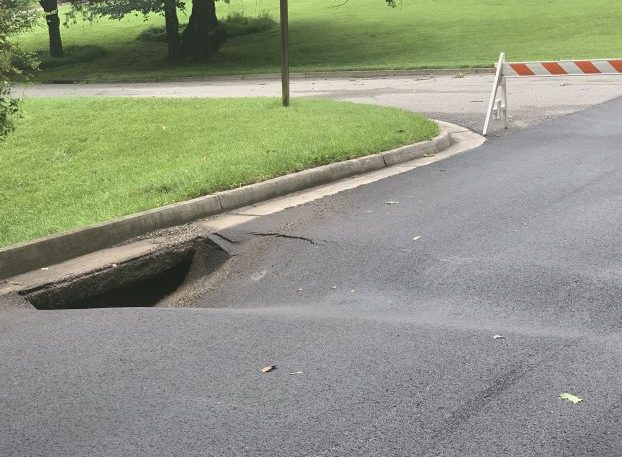Watch out for walking students, AAA warns drivers
Published 8:25 am Friday, August 25, 2023
|
Getting your Trinity Audio player ready...
|
As all of our local school districts are back in session, AAA has put out a warning for drivers to get back in the mindset of seeing school kids walking and buses on the roads.
Back-to-school transportation affects not only school districts, students and parents, but also other drivers on the roads. This time of year is particularly dangerous due to the combination of young inexperienced drivers, school buses, and student pedestrians and bicyclists, all sharing the road. Plus, school districts resume class on different dates, so drivers encounter different situations as they drive through multiple districts in metro-areas.
“Drivers may be out of practice when it comes to the rules of the road, with school buses hitting the streets and students walking and biking to school,” said Morgan Dean, a AAA Mid-Atlantic spokesman. “But our responsibility for keeping students safe hasn’t changed.”
Trending
AAA offers the following tips as the new school year gets under way:
AAA Drop-Off/Pick-Up Safety Tips
• Follow school drop-off and pick-up procedures, and be mindful that these may have changed.
• Don’t double park. It blocks visibility for other children and vehicles.
• Don’t load or unload children across the street from the school.
• Have children exit the vehicle on the “curb side” every time (so they aren’t opening the car door into an oncoming traffic lane or crossing around the front/back of car to get to curb)
• Slow down, eliminate distractions, and watch for children.
AAA School Bus Safety Tips
Trending
• Always Stop for School Buses – Flashing yellow lights on a school bus indicate it is preparing to stop to load or unload children and motorists should slow down and prepare to stop. Red flashing lights and extended stop arms indicate the bus has stopped and children are getting on and off. Drivers are required to stop their vehicles and wait until the red lights stop flashing, the extended stop sign is withdrawn and the bus begins moving before they can start driving again. It’s the law and can result in a hefty fine if you don’t.
• Keep Track of Time – Be aware of the time of day you’re on the road and how that coincides with the school day. More school-age pedestrians are killed from 7 to 8 a.m. and from 3 to 4 p.m. than any other hours of the day.
• Slow Down – Whether in a school zone or residential neighborhood, drivers should keep their speed low and be prepared to stop quickly for increased vehicle or pedestrian traffic.
• Come to a complete stop – Always come to a complete stop, checking carefully for children on sidewalks and in crosswalks before proceeding.
• Eliminate distractions – Research shows that taking your eyes off the road for just two seconds doubles your chances of crashing. Children can be quick, crossing the road unexpectedly or emerging suddenly between two parked cars. Reduce risk by not using your cell phone while driving.
• Obey Traffic Signs and Signals – Unfortunately, many motorists violate stop signs in school zones and residential neighborhoods, with many failing to come to a complete stop, rolling through a stop sign or not slowing down at all. Motorists are also running red stoplights, putting pedestrians and other motorists at risk.
AAA Pedestrian Safety Tips
• Cross only at corners so drivers can see you. Never cross between parked cars or mid-block.
• Use a crosswalk when it’s available. Don’t assume that because you can see the driver, the driver can see you. Always use caution when crossing.
• Look all ways before crossing. Look and listen for cars, pedestrians and bicyclists.
• Once you have confirmed traffic has stopped, cross when the light indicates it is safe to cross without further hesitation so you have time to cross safely.
• Use the crosswalk push-button signal when possible, and cross when the signal allows.
• Watch for cars that are turning left or right when you are crossing.
• Walk on a sidewalk when it is provided. If you must walk in the street, walk facing traffic, on the left side of the road and as far to the left as possible.
• Make it easy for drivers to see you – dress in light colors, wear reflective material or use a flashlight.
• Remove headphones and don’t use cell phones or electronic devices when crossing the street.
• Watch for white lights on the rear of vehicles, signaling backing up in driveways or parking lots.
• Avoid walking alone. Walk with a friend.
“Whether it is in designated school zones or on streets throughout town, everyone needs to remain vigilant – put down the phone, focus only on the road, and pay attention to help students get to and from school safely,” Dean said.





